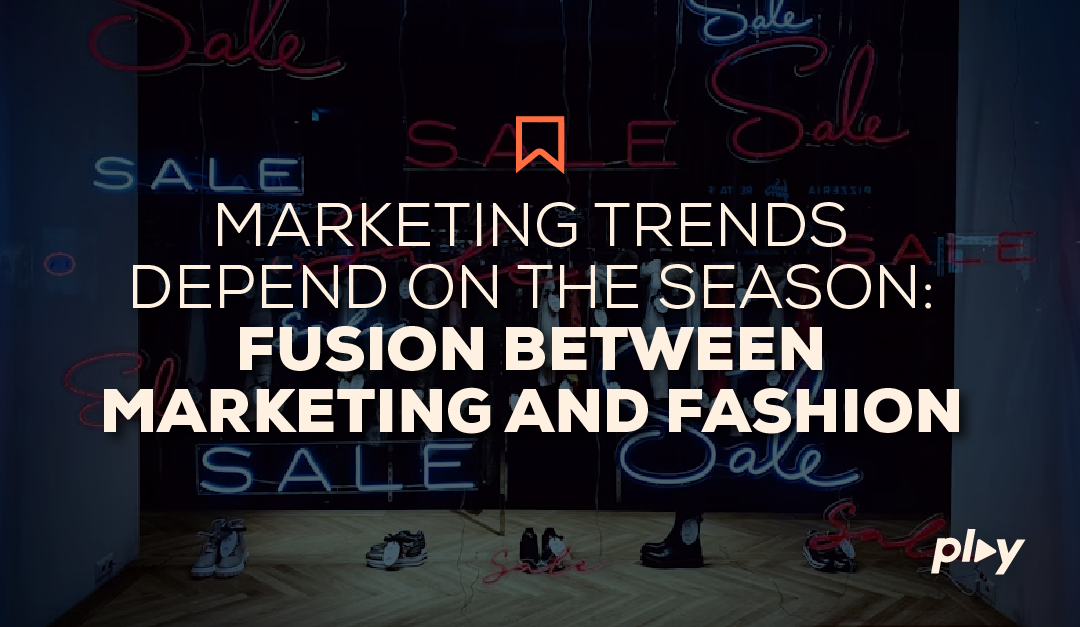Seasons in Sync: How Marketing and Fashion Trends Shape Business Success

Seasonal changes don’t just alter the weather—they shape consumer moods, habits, and spending behaviors. Fashion has long mastered this rhythm, but businesses across industries can learn to leverage these patterns in their marketing strategies. By weaving seasonal trends into campaigns, brands can foster emotional connections that drive engagement and loyalty.
Why Seasonal Marketing Matters for Businesses
Each season evokes specific emotions and needs. Winter brings nostalgia and comfort, spring signifies renewal, summer inspires energy and adventure, and fall evokes warmth and reflection. Businesses that tap into these seasonal sentiments can align their marketing messages with customer mindsets, making their products or services feel indispensable at the moment.
Consider this: 68% of consumers report engaging more with brands that align with their seasonal expectations. Whether you’re selling apparel, technology, or services, embedding seasonal relevance into your marketing amplifies your reach and resonance.
Examples of Seasonal Marketing Done Right
Successful seasonal campaigns combine creative storytelling with data-driven insights. Here’s how various businesses have executed this:
- Winter: A B2B SaaS company launches a “Winter Productivity Bundle”, using visuals of cozy workspaces adorned with snowflakes and mugs of cocoa. The campaign frames the software as the perfect tool to stay ahead during the end-of-year rush.
- Spring: A landscaping service promotes a “Spring Renewal Package” with lush garden visuals and messaging about revitalizing outdoor spaces. The campaign addresses homeowners’ seasonal desire for growth and renewal.
- Summer: A fitness brand runs a campaign featuring outdoor workout gear, with bold, sunlit imagery of active individuals. The tagline? “Make Summer Stronger.” It’s a direct appeal to consumers’ seasonal focus on health and vitality.
Fall: A financial services firm ties its offerings to back-to-school season with messaging like “Get Your Finances in Order This Fall.” Visuals include autumnal colors, notebooks, and calm office settings—emphasizing preparation and structure.
How Data Elevates Seasonal Campaigns
Data is the backbone of effective seasonal marketing. According to HubSpot, seasonal campaigns see 24% higher engagement when they align with consumer expectations. Businesses that integrate analytics into their strategy can identify trends, predict customer needs, and fine-tune their messaging.
For example, tracking customer behavior may reveal that your audience begins holiday shopping in mid-November. Launching targeted ads featuring holiday gift ideas during this window ensures your brand stays top of mind.
Pantone’s Color of the Year is another data-driven cue businesses can leverage. When Viva Magenta became the year’s pick, it influenced not just fashion but also ad aesthetics, product designs, and digital content strategies—showcasing how trends can transcend industries.
Timing Is Key to Seasonal Success
Seasonal campaigns can falter when mistimed. Holiday ads airing too early can irritate consumers, while late campaigns risk missing the momentum. To strike the right balance, businesses must monitor market trends and plan their content calendars strategically.
Actionable Tips for Business Leaders
If you’re looking to integrate seasonal trends into your marketing, here are four steps to guide your strategy:
- Study the Market: Analyze seasonal behaviors in your industry. Identify key trends that resonate with your target audience and adapt them to your brand.
- Create Solutions, Not Just Campaigns: Frame your products or services as answers to seasonal challenges. For example, a home cleaning service can market “Spring Cleaning Specials” with messaging that emphasizes ease and freshness.
- Leverage Visual Storytelling: High-quality visuals that evoke seasonal themes—from cozy fireside settings in winter to sunlit adventures in summer—build emotional connections with your audience.
Use Analytics for Precision: Monitor campaign performance in real-time. Adjust messaging, timing, or targeting based on customer engagement metrics to maximize ROI.
The Future of Seasonal Marketing
Emerging technologies are redefining how businesses approach seasonal campaigns. AI enables hyper-personalized ads that reflect both individual preferences and seasonal contexts. Augmented reality lets customers “try” products virtually, creating immersive experiences that align with seasonal themes.
For instance, imagine a fall campaign for a furniture retailer where customers can use AR to visualize how autumnal decor would look in their homes. This blend of technology and seasonality makes the marketing experience both interactive and impactful.
Conclusion: Seasons as Strategy
Seasonal marketing isn’t limited to fashion—it’s a universal strategy that can benefit any business. By aligning your brand’s narrative with the changing seasons, you can create campaigns that resonate deeply, inspire action, and build long-term loyalty. Much like the seasons themselves, the key is constant evolution—staying attuned to your customers’ needs and delivering value when it matters most.
